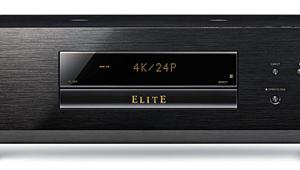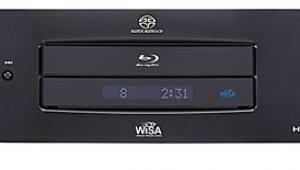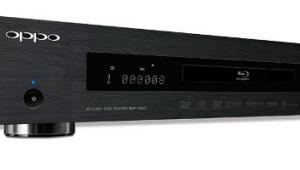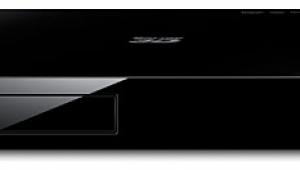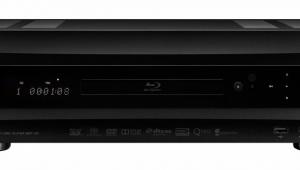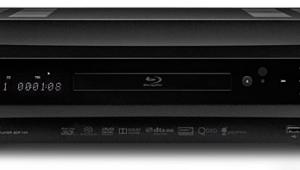. . . their "innovative" BD lines. They killed my BD390 with FW updates they sent me on discs and now don't what to talk about it. In the beginning they were attentive and right there. Once it was decided that they killed my player, they are no where to be found. And many newer and some older BD releases will not play on their machines, FW update or not. That's my problem. Oh and now files are locking up the UI. And the UI is locking itself up. They did make a special update for Avatar though.
And what happened to the multi-channel out on the "newer" machines. Looks like they are stripping these down, not dressing them up. Now the WiFi (802.11n) 2.4 or 5GHz? Their 2.4n is slow and drops a lot. But then hardwire is always the best. Even off a 5GHz repeater.
Sounds like there were many problems with the two test models here and I trust all their "innovative" Lucky Goldstar junk.







